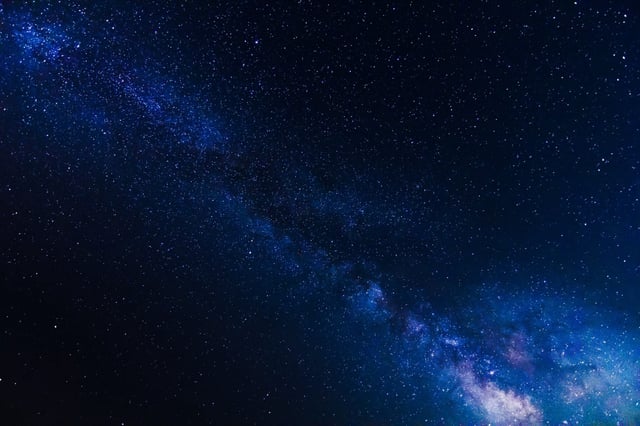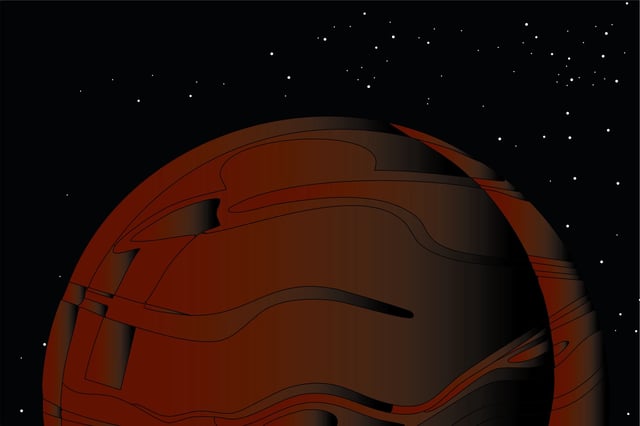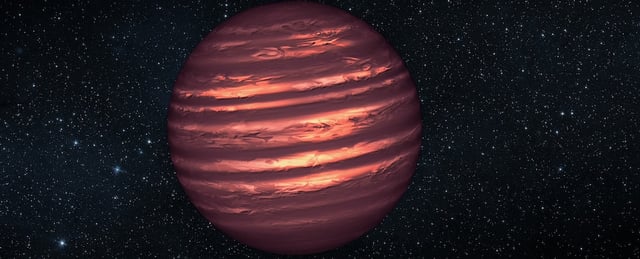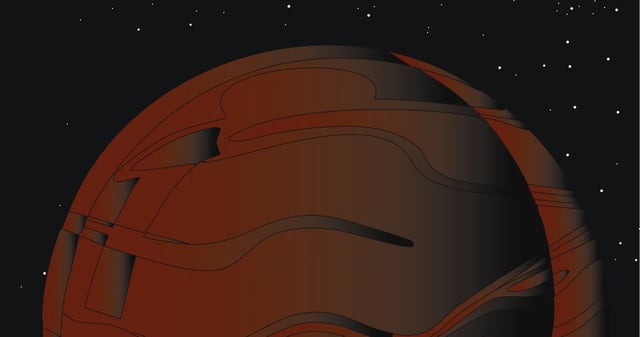Overview
- The peer-reviewed paper in the Journal of Cosmology and Astroparticle Physics formalizes dark dwarfs as low-mass bodies heated by self-annihilation of captured dark matter.
- Dark dwarfs are predicted to have roughly 8% of the Sun’s mass—insufficient for hydrogen fusion but sustained by energy from WIMP annihilation.
- Only massive, self-interacting candidates like WIMPs can supply the necessary heating, ruling out lighter particles such as axions and sterile neutrinos.
- Lithium-7 retention in dark dwarfs offers a distinguishing spectral marker since ordinary stars deplete this isotope through fusion.
- Researchers recommend leveraging JWST’s sensitivity to cold objects and conducting statistical surveys of substellar populations toward the galactic center to search for these signatures.



